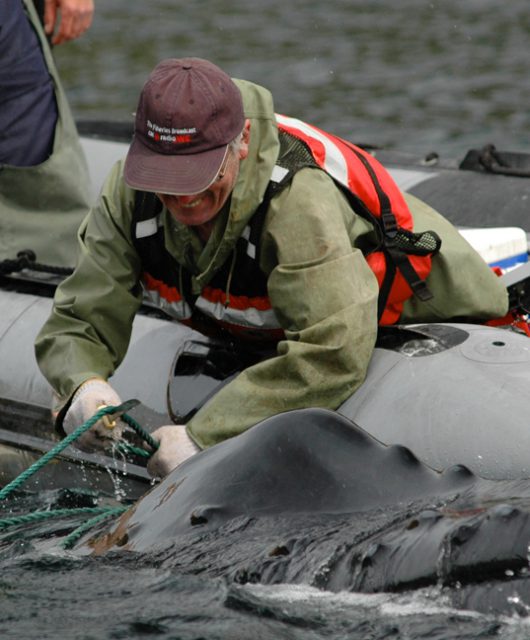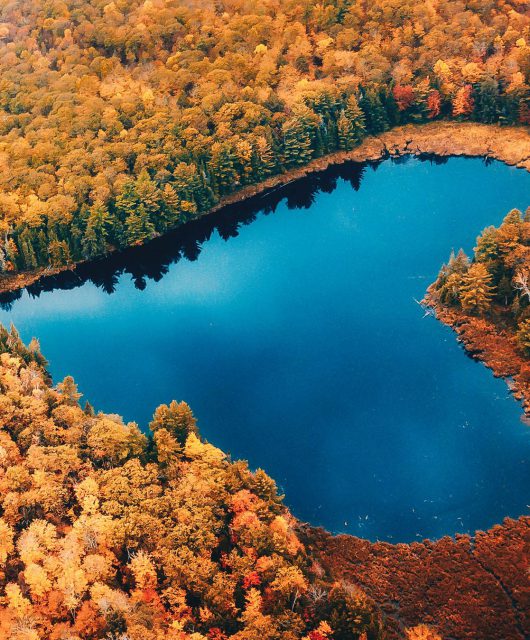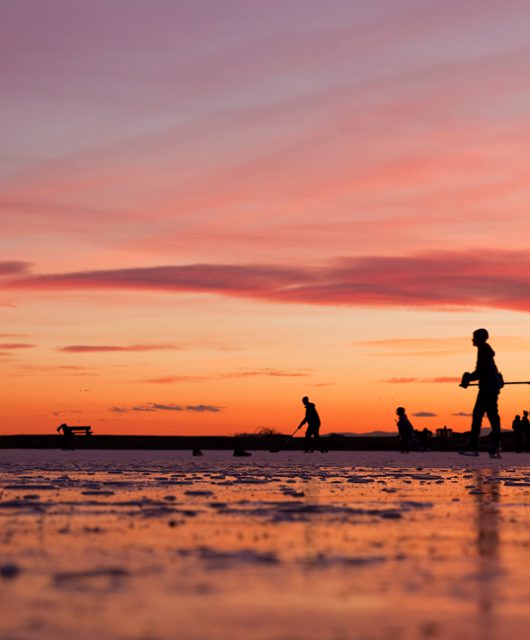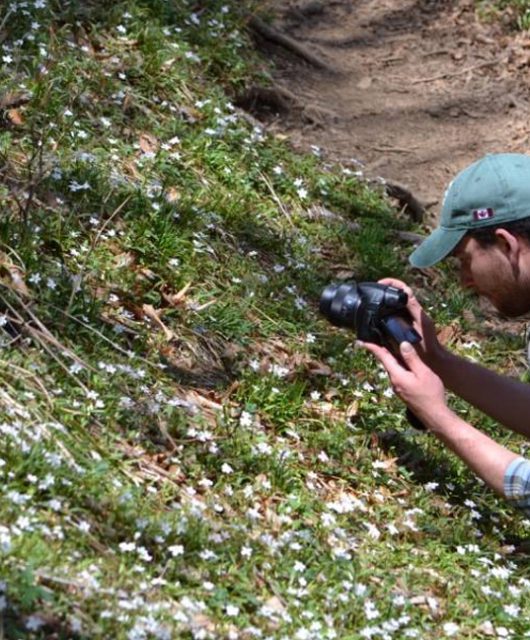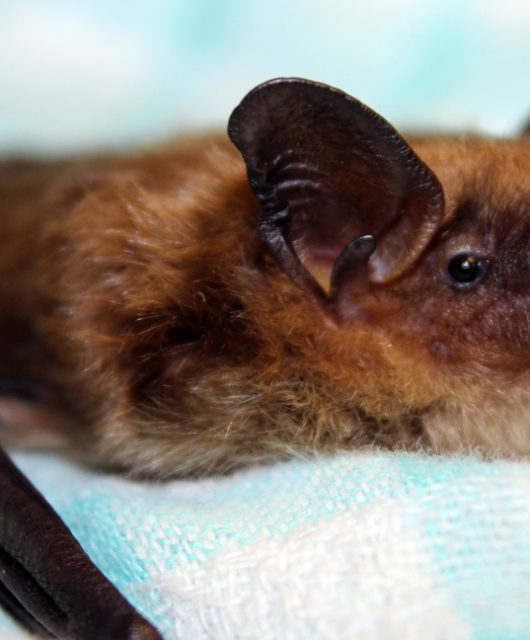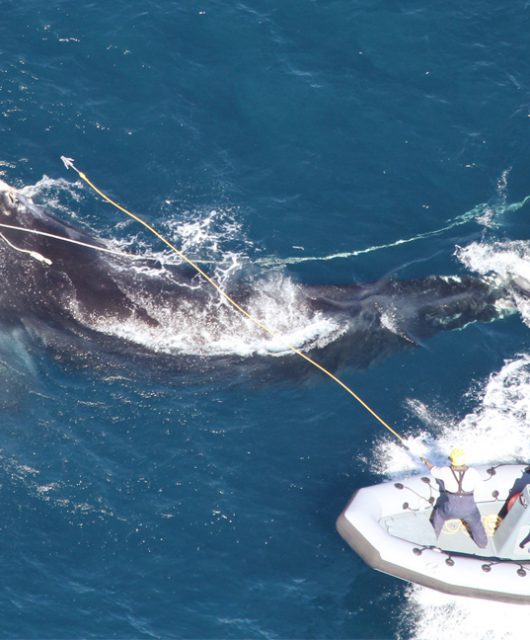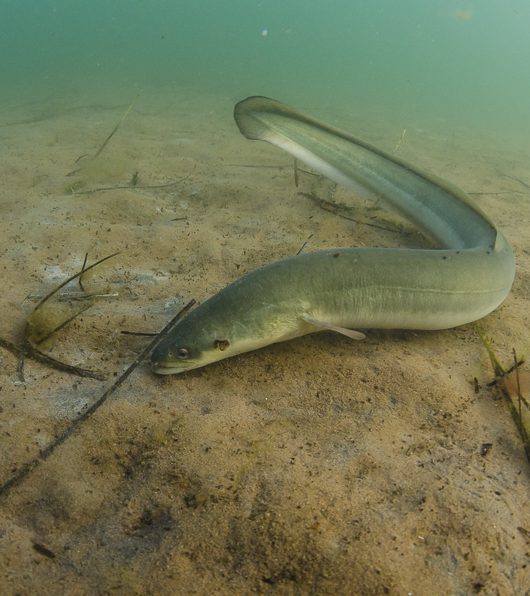Search Results for
l
Marine Animal Responses of 2017
With 2017 behind us, it is a perfect time to reflect on the marine animal response events of the year, and the tireless efforts of the people behind them. 2017…
Dear Canada: Will You Be My Valentine?
‘True patriot love’ is a phrase we hold dear to our hearts as Canadians. Valentine’s Day is a perfect time to be reminded of that love! There’s no better place…
On Golden Pond: Lacing ’em Up in Nature’s Playground
I’ve always been amazed by artists who can stare at a block of wood, granite or cement and somehow envision a statue hidden away inside, just waiting to be liberated…
Putting Citizen Science in Action To Capture Canada’s “Nature Selfie.”
Imagine taking a photo of an unknown organism, posting it online and immediately having it identified by expert naturalists from around the world. iNaturalist is an online service that allows…
A Close Call for Bats in Almonte, Ontario
In December 2017, several parishioners of a heritage church in Almonte, Ontario noticed that a colony of Big Brown Bats had returned to the church after being evicted in the…
A Resolution We Must Keep
Our thanks to the Toronto Star for its January 2nd editorial calling on the federal government to make a New Year’s resolution to save the critically endangered North Atlantic Right…
American Eels Need Your Help by January 11th!
The American Eel population has declined by more than 99 per cent in Ontario. That’s not a typo — it’s a fact. American Eels were once one of the most…

